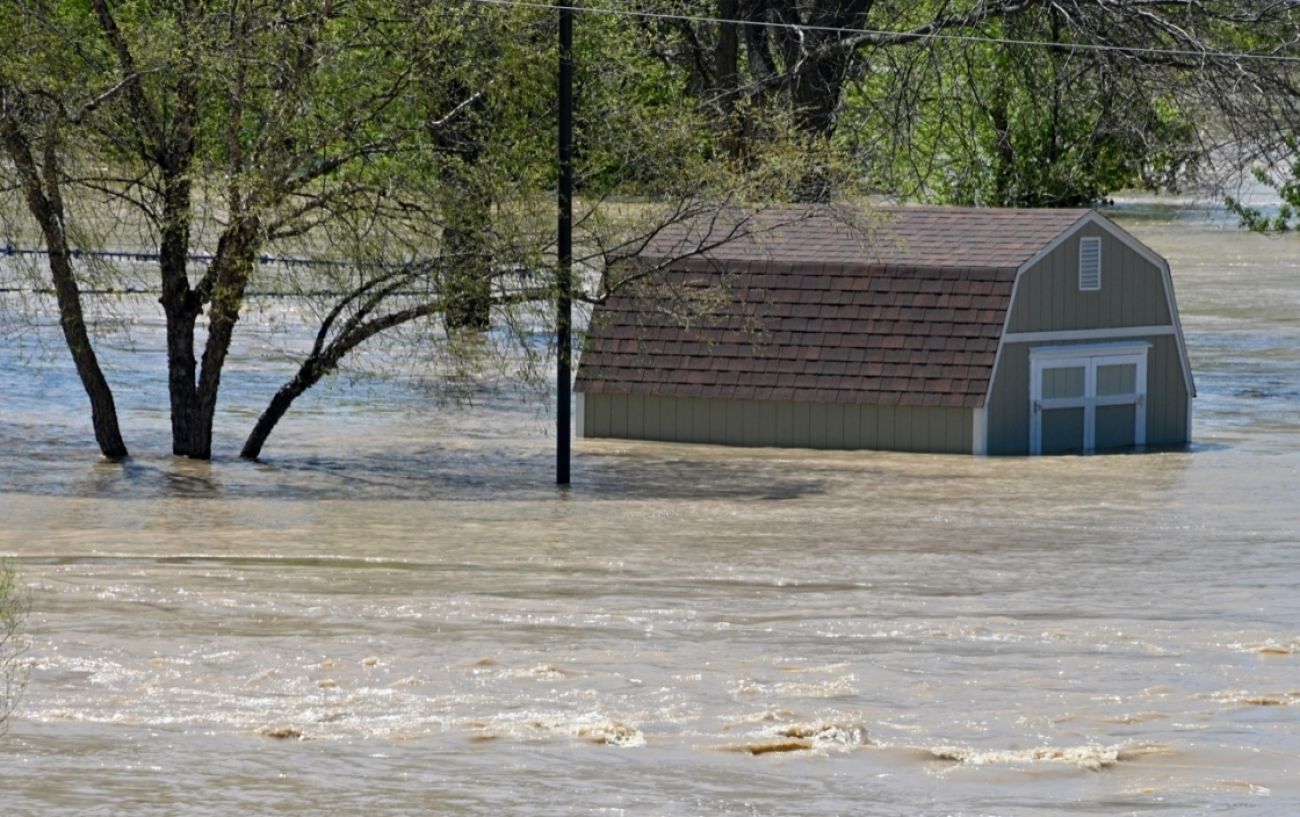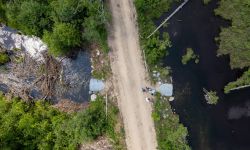Best of Bridge Michigan: Top environment stories from 2020

This week, Bridge Michigan is revisiting some of its most impactful stories from 2020, a year like few others. Today, we examine our top articles about the environment.
In a cataclysmic year, climate change continued to alter Michigan’s landscape in 2020.
- Best of Bridge Michigan: Top political stories of 2020
- Best of Bridge Michigan: Our top coronavirus stories of 2020
On May 18, in what was called a 500-year event, two Midland-area dams owned by heirs of a long-dead newspaper magnate failed during heavy rains, damaging 1,700 buildings, causing $200 million in damages and unleashing a torrent of blame on state regulators who knew the dams were dangerous.
Experts fear they will be far more common as climate change accelerates. Here are the top environment stories this year. On Thursday, we will examine the top education and business stories.
Two heirs bought Midland dams as a tax shelter. Tragedy followed.
Long before two mid-Michigan dams collapsed under the weight of torrential rains in May, causing hundreds of millions of dollars in damage, out-of-state investors seeking a tax shelter bought them, then proceeded to fight decades of efforts to make them safer. — Mike Wilkinson
How weak regulations failed to prevent catastrophe at notorious Midland dam
The Edenville Dam’s failure, following decades of warnings from regulators who warned the dam had structural deficiencies, presents a case study in what happens when America’s aging infrastructure collides with a broken regulatory system that is largely powerless to force changes at unsafe dams. — Kelly House
As Great Lakes pummel Michigan, beach towns rush to set development rules
Science experts believe Michigan’s ongoing high water crisis will repeat with increasing frequency as climate change alters weather patterns in the Great Lakes region. That makes coastal land use policy — a longtime blind spot in Michigan — more important than ever. — Kelly House
Michigan’s coast is being armored with seawalls, making erosion worse
As Michigan’s overfilled lakes wreak havoc on shoreline infrastructure, state regulators have granted record numbers of permits to armor the harden with seawalls, boulders and other armor. But at best, those structures are short-term fixes. And they come at a long-term price, worsening erosion over time and breaking up the sandy beaches that bring in tourists. — Kelly House
Loved to death: Iconic Michigan lakeshores battered by crowds, waste
The popularity of Pictured Rocks and Sleeping Bear Dunes, Michigan’s beloved national lakeshores, is a good thing for the northern Michigan tourism industry. But after several consecutive years of record-breaking visitor numbers without a commensurate increase in budgets or staffing, parks that weren’t designed to welcome this many people are straining to absorb the crush. The result: Habitat destruction, increased conflicts between humans and animals, miles-long traffic jams, and blown septic systems that take years to fix. — Kelly House
With Line 5 closure, a ‘game of chicken’ over how to heat Upper Peninsula
Gov. Gretchen Whitmer followed through on a promise to shut down Line 5, announcing she is giving energy giant Enbridge Energy until May to shutter the 67-year-old pipeline. But that could leave thousands of Upper Peninsula residents struggling to heat their homes as the pipeline supplies necessary propane and no replacement has been announced. Kelly House examined the conflict in December.
Michigan Environment Watch
Michigan Environment Watch examines how public policy, industry, and other factors interact with the state’s trove of natural resources.
- See full coverage
- Subscribe
- Share tips and questions with Bridge environment reporter Kelly House
Michigan Environment Watch is made possible by generous financial support from:
Our generous Environment Watch underwriters encourage Bridge Michigan readers to also support civic journalism by becoming Bridge members. Please consider joining today.
See what new members are saying about why they donated to Bridge Michigan:
- “In order for this information to be accurate and unbiased it must be underwritten by its readers, not by special interests.” - Larry S.
- “Not many other media sources report on the topics Bridge does.” - Susan B.
- “Your journalism is outstanding and rare these days.” - Mark S.
If you want to ensure the future of nonpartisan, nonprofit Michigan journalism, please become a member today. You, too, will be asked why you donated and maybe we'll feature your quote next time!






